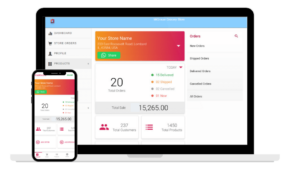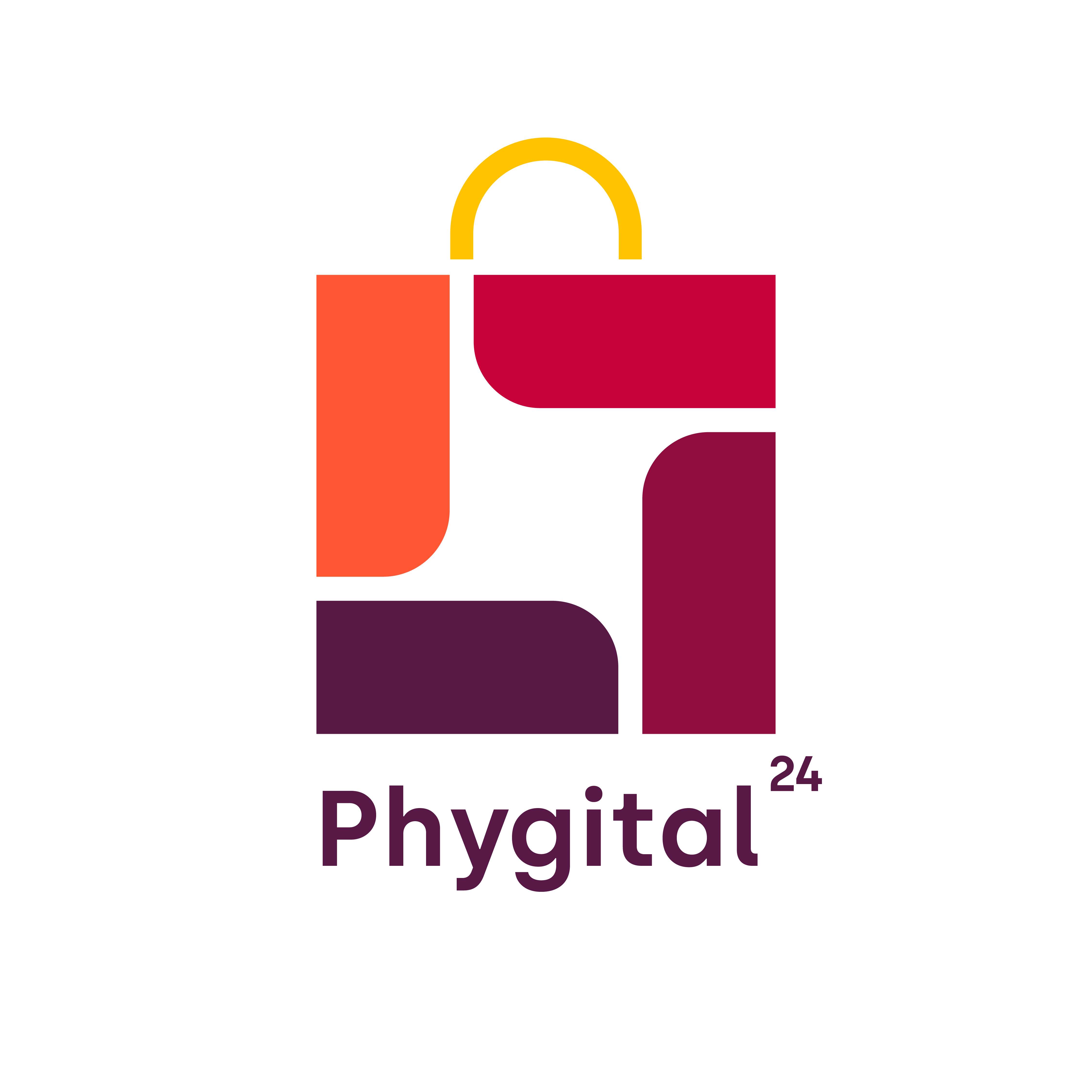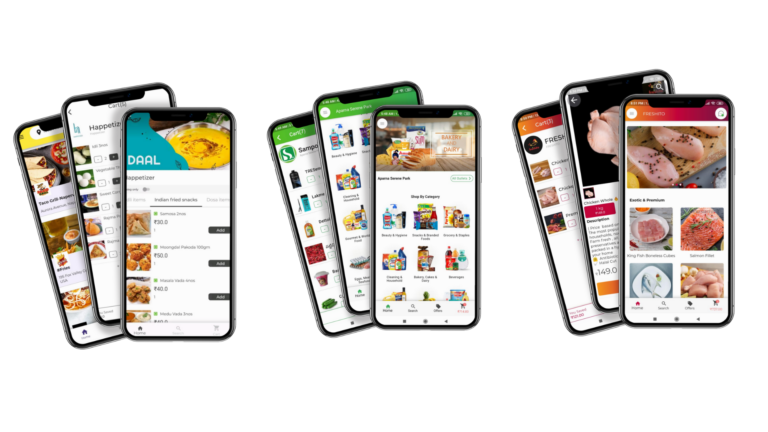A SELF BRANDED APP VS A 3RD PARTY FOOD DELIVERY AGGREGATOR
Today, food preferences are driven more by convenience and self-service kiosks, mobile platforms, and online ordering systems. These tools provide convenient, fast, and convenient food options to the customers. The increase in digital orders is driving restaurants to explore options for takeout, delivery, and other off-premises ordering methods.
- 3rd Party Food Delivery Apps
- Self Branded Ordering System
| Features | 3rd Party Food Delivery Apps | Self Branded Ordering System |
| Features | ||
| Marketing | Reach more customers without the marketing spend | Need a dedicated marketing budget to gain new customers |
| Delivery | Managed by a 3rd party | Managed by restaurant |
| POS Integration | Usually not supported | |
| Commission Fees | High fees between 25% to 40% | Zero Commissions |
| Kitchen Backlog Control | Limited Control | Full Control |
| Customer Communication | Mediated | Direct |
| Setup Cost | No setup cost | Setup cost is involved |
| Service Accountability | Both restaurant and 3rd party aggregator are accountable | Only restaurant is accountable |
| Delivery Scheduling | ||
| Branding Opportunities | Extremely Limited | Full Control |
| Extra Customizations | ||
| Custom Integrations | ||
| Long-Term Cost Savings | ||
| Control Over Customer Data | Full Control | . | Get A Demo |
Third-Party Apps Services (Pro/Cons):
✅PROS:
- Marketing:
Online ordering through a third party can increase your restaurant’s exposure and bring in new business. A 3rd-party food delivery service often comes with its own loyal customer base, so the ability to gain access to fresh, hungry clients is a great way to generate new business – which is particularly valuable for small businesses and restaurants just starting out.
- Delivery Staff Need Not Be Managed:
Restaurant ownership is a huge challenge in and of itself, so the restaurateur wouldn’t have to deal with staffing and delivery as well.
It is not your responsibility to make sure that delivery executives reach their destinations on time. Rather than you having to stress about it, they take the burden, and you simply provide the food on time.
- Expertise & Resources:
You can gain access to experts and resources that your restaurant may not otherwise have. You will be able to use a network of reliable delivery drivers, packaging materials, delivery tracking, secure payment methods, and much more.
❌CONS:
- Commissions:
According to CNN Business, restaurants pay commission fees of 15% to 30% for orders placed through third-party platforms. Since the average restaurant’s profit margin is around 10%, some restaurants may find themselves losing money unless they increase prices.
- POS Integration:
Third-party delivery platforms were not designed to accept orders from POS systems. Many restaurants have been forced to use tablets to run the delivery apps. Their staff has then re-entered each order manually into the POS system.
- Losing Control:
You will have to give up control over your delivery experience by using a third-party service and trusting another company to handle your customers as you would. If anything goes wrong, 80% of customers will blame the restaurant and not the delivery service. Furthermore, you will lose a channel of communication with your client and may not receive valuable feedback.
- Lack Of Access To Customer Data:
You will have no control over your customer data if you deal with third-party agencies or food aggregators. If you plan to run promotional campaigns or participate in any other marketing strategies, this is all the more important. In the long run, having little customer data may impact sales since you wouldn’t be able to retain customers.
- Kitchen Backlog:
If a large group of customers shows up unexpectedly at your restaurant, delivery orders can easily overwhelm your kitchen. Even though you can disable delivery during peak hours, you cannot predict when your off-premise customers will clash with your on-premise clients.
Self Branded Online Ordering Systems(Pro/Cons):
✅PROS:
- You’re Customers’ First Choice:
In the US, 78% of delivery orders come from restaurants themselves, while only 22% come from third-party delivery services. Thus, if your restaurant rolled out an online ordering system of its own, it might be able to reach a substantial number of customers.
- Full Control:
The advantage of running your online ordering and delivery service in-house is that your restaurant retains complete control over the order and delivery experience. Because most profits come from drinks, appetizers, and desserts that are upsold to customers with a meal, this is a great way to increase revenue and provide customers with helpful options.
- Direct Communication:
Third-party deliveries create barriers to communication that separate you from your customers. You will likely obtain helpful feedback if you offer the entire experience from beginning to end.
- POS Integration:
Maintaining your online pricing and menu options is far easier and quicker if you operate your own site. The out-of-stock items and pricing of your online ordering can be automatically updated if your POS is integrated with your online order!
- Faster delivery:
Both kinds of the food delivery fleet take the same amount of time to place an order and to have it approved by the restaurant. Only the delivery time differs. Delivery from an in-house delivery executive might take less time since it has only one restaurant to handle. In contrast, a third-party food delivery executive could handle orders from several restaurants at once.
- Long-Term Cost Savings:
Although establishing your own online ordering and delivery service does require a substantial investment, not having to pay commission fees could make it worthwhile in the long run.
❌CONS:
- Cost and Time investment:
It takes time and money to create your own online ordering service and delivery service. There are many responsibilities involved in managing delivery drivers, vehicle maintenance, insurance, and gas costs, and setting up and maintaining an online ordering site.
For those who want to get up and running without significant hassles or large investments, Phygital24’s online ordering system may be the ideal solution. You can quickly and securely launch an online ordering website and mobile app customized with your brand, menu, images, pricing, and promotions.
- Accountability:
If a mistake occurs during the ordering process, you can’t blame a third-party company. Taking full responsibility and making sure the situation never happens again is your responsibility.
- Staff Management is a Must:
Working with your own delivery fleet may also come with the disadvantage of managing your executive team. There is, therefore, a need to pay extra attention to these executives and how they deliver food. Taking care of each order or tracking each delivery executive can sometimes be challenging, especially during peak hours.

Conclusion:
You should evaluate your business model before choosing an online ordering and delivery option since both third-party and in-house options have advantages and limitations. No matter how long your restaurant has operated, it’s essential to consider all your options.

Shopify vs Phygital24 | Pricing + Features Compared | Phygital24 Online selling Platform
Login Start Free Trial Shopify vs Phygital24 Not all eCommerce platforms are created equal. Growing businesses choose Phygital24 and save more than ₹ 70,000 per

6 Actionable Ways A Mobile Ordering App Can Increase Profits At Your Meat Store
Considering a meat ordering app for your meat store. Check this list of 6 benefits about meat ordering mobile apps today.

11 Stress-Free Ways to Sell Products Online Without Spending a Lot
Find out how to sell products online using these effective tactics, as this can be a turning point in the life of your business.


